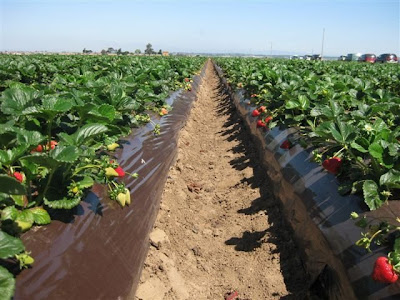"Annual Days of Sunshine in California - Current Results." Current Results. Current Results Nexus. Web. 04 Mar. 2011.
"Average Weather for Sacramento, CA." Weather.com. The Weather Channel, 28 Feb. 2011. Web.
"California Biotechnology Foundation." California Biotechnology: Revolutionizing Global Healthcare. California Biotechnology Foundation. Web. 04 Mar. 2011.
"California Food Facts - Production & Crops California." California Beaches | Vacation Travel Guide for Beaches in California. BeachCalifornia.com. Web. 13 Feb. 2011.
"City of Sacramento - A Brief History of the City." City of Sacramento, California, USA - Municipal Government. City of Sacramento. Web. 30 Jan. 2011.
"Hawaii QuickFacts from the US Census Bureau." State and County QuickFacts. US Census Bureau. Web. 06 Mar. 2011.
"A Look at California's Agriculture." AG Classroom. Agriculture in the Classroom, July 2010. Web. 2 Feb. 2011.
"Los Angeles County QuickFacts from the US Census Bureau." State and County QuickFacts. 4 Nov. 2010. Web. 03 Mar. 2011.
"The Port of Los Angeles | About the Port." The Port of Los Angeles: America's Port. Port of Los Angeles. Web. 16 Feb. 2011.
"Port of New Orleans Overview." Port of New Orleans - Louisiana, USA. Port of New Orleans, 21 Dec. 2009. Web. 16 Feb. 2011.
"Sacramento, California City History and Historical Figures - ByCityLight.com." ByCityLight.com - Welcome to ByCityLight.com, Your Tour Guide To The Cities You Love. CityByLight.com. Web. 31 Jan. 2011.
"Sacramento, California Climate, Temperature, Average Weather History, Rainfall/ Precipitation, Sunshine." World Weather and Climate Graphs, Average Climate Charts, Guide to Precipitation, Temperatures, Best, Friendly, Holiday Climate. Climatetemp.info, 25 Jan. 2011. Web. 31 Jan. 2011.
"Sacramento, California Climate, Temperature, Average Weather History, Rainfall/ Precipitation, Sunshine." World Weather and Climate Graphs, Average Climate Charts, Guide to Precipitation, Temperatures, Best, Friendly, Holiday Climate. Climatetemp.info, 25 Jan. 2011. Web. 31 Jan. 2011.
"Sacramento (city) QuickFacts from the US Census Bureau." State and County QuickFacts. United States Census Bureau, 8 July 2009. Web. 31 Jan. 2011.
"Sacramento County QuickFacts from the US Census Bureau." State and County QuickFacts. United States Census Bureau, 4 Nov. 2010. Web. 03 Mar. 2011.
"Sacramento: Economy - Major Industries and Commercial Activity." Stats about All US Cities - Real Estate, Relocation Info, House Prices, Home Value Estimator, Recent Sales, Cost of Living, Crime, Race, Income, Photos, Education, Maps, Weather, Houses, Schools, Neighborhoods, and More. City-data.com. Web. 02 Feb. 2011.
"Sacramento: Geography and Climate." Stats about All US Cities - Real Estate, Relocation Info, House Prices, Home Value Estimator, Recent Sales, Cost of Living, Crime, Race, Income, Photos, Education, Maps, Weather, Houses, Schools, Neighborhoods, and More. City-data.com. Web. 30 Jan. 2011.
Stodghill, Ron, and Amanda Bower. "Welcome to America's Most Diverse City - TIME." Breaking News, Analysis, Politics, Blogs, News Photos, Video, Tech Reviews - TIME.com. Time Magazine, 25 Aug. 2002. Web. 03 Mar. 2011.
White, Deborah. "Profile of Cesar Chavez, Latino Champion of Civil Rights & Fairness." Liberal & Progressive Politics & Perspectives. About.com. Web. 10 Feb. 2011.







